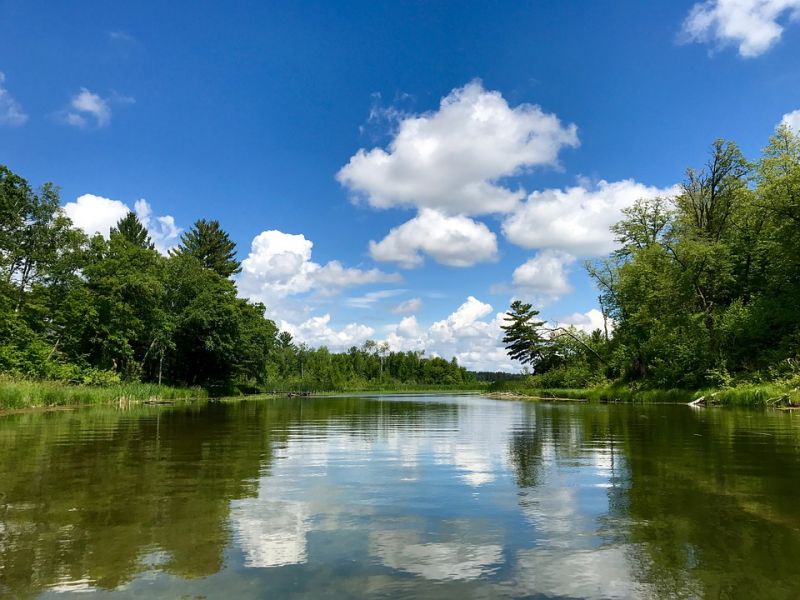How Rain and Snow Transport Chemicals to Lakes, Study Finds Out
Published on by Water Network Research, Official research team of The Water Network in Academic
A new study offers an explanation to the mystery of why pharmaceuticals and other chemicals are found in remote Minnesota lakes, far from developed land that would create contaminated runoff.

Lake in Minnesota, Source: Pixabay
"These chemicals such as antibiotics and anti-corrosives and endocrine active chemicals were being found in lakes where we might not expect them because there was no surrounding development," said Mark Ferrey, a Minnesota Pollution Control Agency scientist who, in search of an answer, collected snow, rain and air samples at three locations in the Twin Cities and had them tested for 126 chemicals.
Ferrey found 17, including DEET, cocaine, antibiotics, an anti-corrosion chemical, an X-ray contrast chemical and the pain reliever naproxen.
Ferrey called this study a proof of concept. He hopes to do a larger study with more samples in the future. But this research raises a lot of questions.
"Just the fact that we found a number of these in air and precipitation is significant," said Ferrey. "Because some of these, number one, haven't been detected in air and precipitation before, and it does explain how we might be detecting these chemicals in remote surface water."
Previous studies have found chemicals in precipitation. For example, pesticides and flame retardant chemicals have been found in Arctic snow. But this study confirms for the first time rain and snow are transporting some of the pharmaceuticals and chemicals researchers have been finding in Minnesota lakes and rivers.
These chemicals also are getting into water through wastewater treatment plants and septic systems. Ferrey said evaporation might lift them from water into the atmosphere. Another source might be biosolid sludge from wastewater treatment plants that is spread on farm fields. Other studies have shown fine dust from that sludge can travel for miles on the wind.
Read full article: Post Bulletin
Media
Taxonomy
- Contaminant Removal
- Environment
- Pollution
- Contaminant Movement Mapping
- Lake Management
- Chemical Analysis
- Pollution